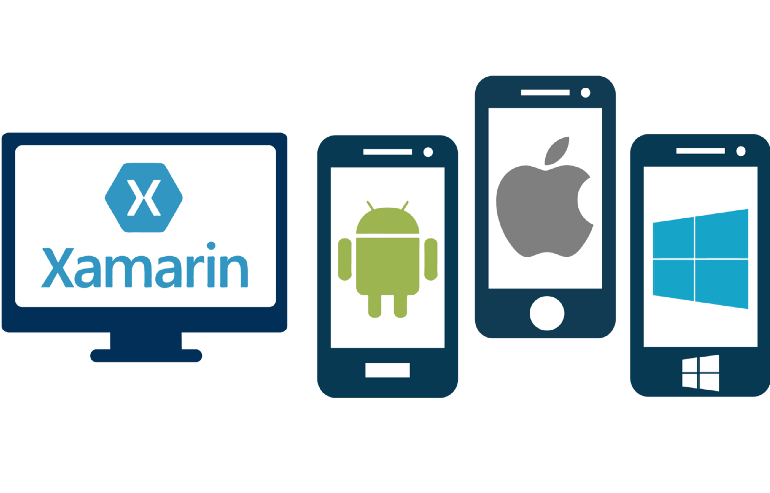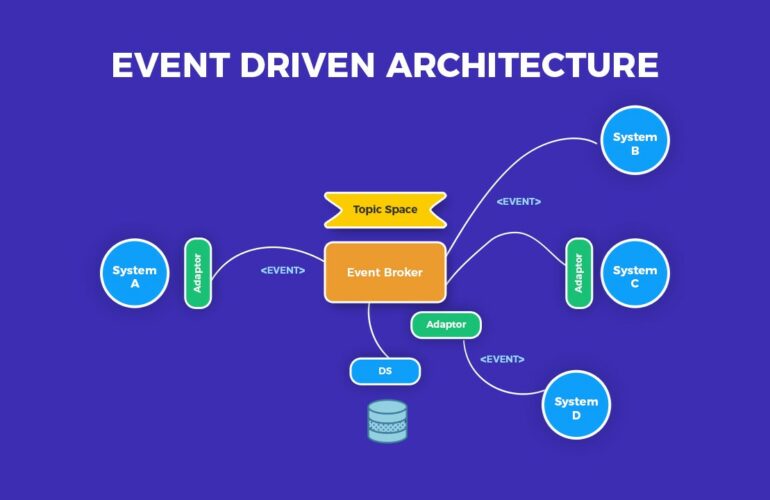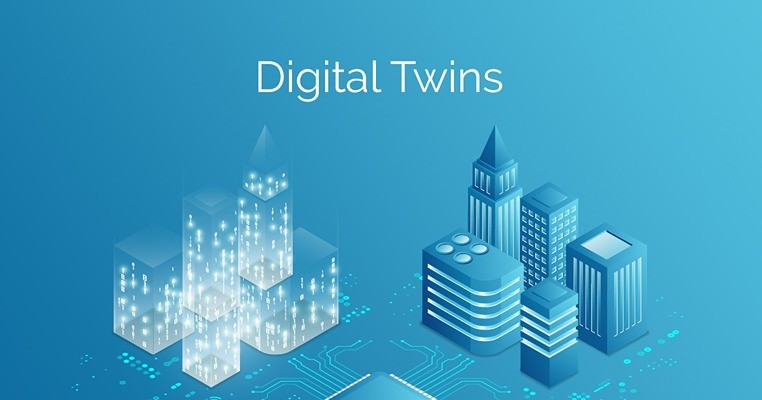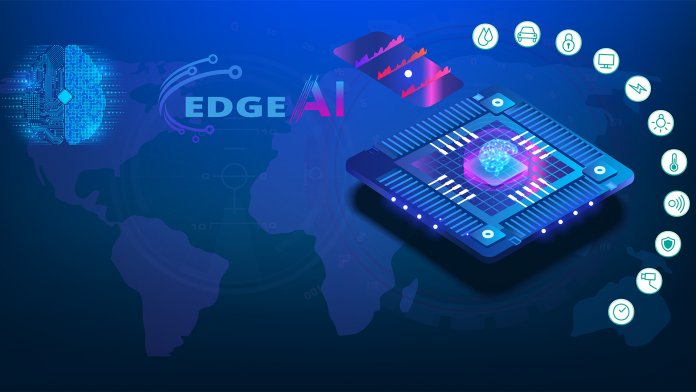Cost to Develop an Uber Clone App: Complete Breakdown
In today’s fast-moving digital economy, ride-hailing services are in high demand. If you’re planning to launch a Taxi Hailing System, building an Uber Clone App is an excellent way to enter the market quickly and effectively.
But the big question is:
1. How much does it cost to develop an Uber Clone App?
2. Should you build from scratch or buy a cloned solution?
3. What are the price differences and benefits of each approach?
Let’s dive deep into it!

What is an Uber Clone?
An Uber Clone is a ready-made software solution that replicates the core functionalities of Uber’s ride-hailing app, allowing businesses to launch their own Taxi Booking System quickly.
A full Uber Clone Script typically includes:
- A Customer App
- A Taxi Driver App
- A powerful Admin Dashboard
All equipped with features like Live Tracking, secure payments, and real-time ride matching.
At Betelgeuse Technologies, we specialize in delivering high-quality, customizable Uber Clone Apps that meet your specific business requirements.
Key Components of an Uber Clone App
1. Customer App
- Ride booking and scheduling
- Fare calculation
- Live Tracking of driver
- Multiple payment options
- Trip history and receipts
2. Taxi Driver App
- Real-time ride request alerts
- Navigation and route optimization
- Daily earnings reports
- Ratings and reviews management
3. Admin Dashboard
- Manage users (customers and drivers)
- Monitor rides and revenue
- Analytics and reporting
- Promotions and discounts control
If you’re looking for a quick launch with a robust Taxi Booking System, consider checking out the solutions from Betelgeusetech.com, where you can find scalable, ready-to-go Uber Clone Scripts.
Cost of Developing an Uber Clone App
Here’s a quick cost overview:
| Component | Estimated Development Cost |
|---|---|
| Customer App (iOS + Android) | $5,000 – $10,000 |
| Taxi Driver App (iOS + Android) | $4,000 – $8,000 |
| Admin Panel | $3,000 – $6,000 |
| API Integrations (Payment, Maps, Push Notifications) | $2,000 – $4,000 |
| UI/UX Design | $2,000 – $5,000 |
| Testing & QA | $2,000 – $4,000 |
| Ongoing Maintenance | $5,000+ per year |
Total Estimated Cost:
Basic MVP: ~$15,000 – $25,000
Full-featured Advanced Solution: ~$30,000 – $50,000+
Cost of Development from Scratch vs Buying a Cloned Product
Now let’s break it down:
1. Building from Scratch
Cost Range:
$30,000 – $100,000+
Timeline:
6 – 12 months
Advantages:
- Full customization (design, features, branding)
- Unique features to differentiate from competitors
- Strong IP ownership (Intellectual Property)
Disadvantages:
- Higher initial investment
- Longer time to market
- Requires experienced developers and infrastructure planning
2. Buying a Cloned Uber Product (Uber Clone Script)
Cost Range:
$5,000 – $20,000
Timeline:
2 – 6 weeks
Advantages:
- Much faster launch
- Budget-friendly
- Proven and tested features
- Easy branding and minimal modifications needed
- Ideal for MVP launch to test market demand
Disadvantages:
- Limited customization (without additional cost)
- Some clone scripts may look similar to competitors unless customized
- Might need extra security updates
At Betelgeusetech.com, you can explore various packages for Uber Clone Apps, from basic MVPs to fully customized solutions.
Price Difference Summary
| Build from Scratch | Buy Uber Clone Script | |
|---|---|---|
| Development Cost | $30,000 – $100,000+ | $5,000 – $20,000 |
| Time to Launch | 6 – 12 months | 2 – 6 weeks |
| Customization Level | Full | Limited (can be expanded) |
| Ownership | 100% | Shared unless fully rebranded |
| Risk Level | Medium to High | Low |
Which Option Should You Choose?
✅ Choose Development from Scratch if:
- You have a unique business model
- You need high-level customization
- You are targeting a long-term large-scale operation
✅ Choose Uber Clone Script if:
- You want a quick launch
- You have a limited initial budget
- You want to validate your business idea first with an MVP
- You prefer less risk and faster results
Final Thoughts
The choice between building an Uber Clone App from scratch or buying a ready-made clone script depends on your budget, time frame, and business goals.
Both methods have their pros and cons, but in today’s highly competitive ride-hailing market, launching early with a Taxi Booking System that includes Live Tracking, secure payments, and seamless communication can give you a crucial head start.
🚀 Whether you’re looking for a Taxi Driver App, a Customer App, or a full-fledged Taxi Hailing System, Betelgeusetech.com can deliver a powerful, scalable Uber Clone App tailored for your success.










